iPhone 8 vs Galaxy Note 8: Can Apple beat Samsung’s new flagship?
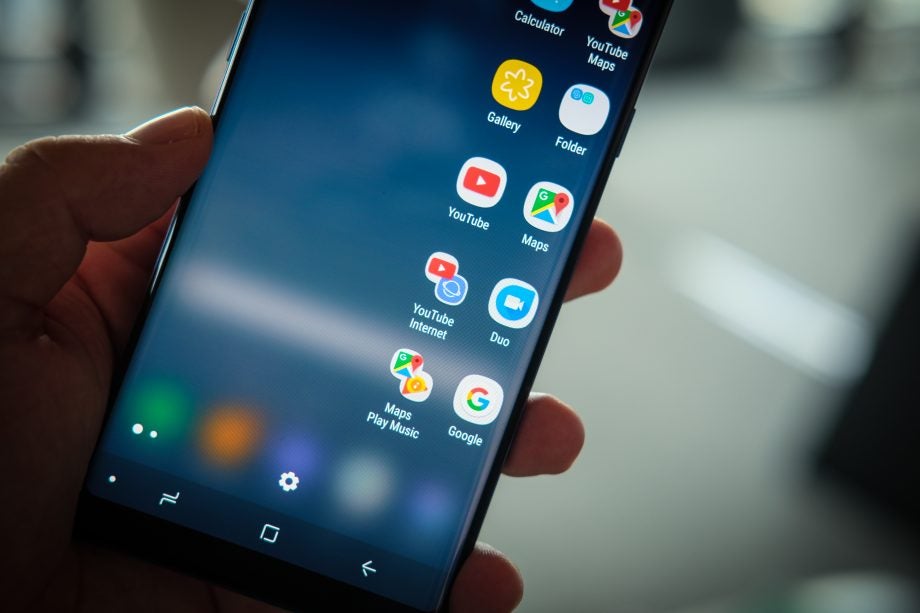
iPhone 8 vs Galaxy Note 8: Which is best?
At the end of August, Samsung unveiled its long-awaited Galaxy Note 8, a powerhouse flagship smartphone will all the bells and whistles you’d expect from a Note-series phone.
It’s Samsung’s chance to win back consumers after last year’s Note 7 recall debacle, and we’re impressed so far. With powerful specs, a gorgeous design, and a wide array of useful features, the Galaxy Note 8 is undoubtedly one of the most advanced smartphones ever.
Related: iPhone 8 vs iPhone 7
But Apple has also cooked up a new handset and it’s big. The company has skipped the iPhone 7S naming convention and has gone straight to the iPhone 8 and the iPhone 8 Plus. These two devices will sit just below the 10th anniversary iPhone X, which was also revealed on September 12.
Right now we’re focusing on the mainstream iPhone 8 range, which maintains the same design as its predecessor, but makes a number of massive improvements, assisted ably by the new iOS 11 software.
- Buy now: iPhone 8 (10GB) on O2 for £35/month – use voucher TRUSTED10
- Buy now: iPhone 8 (15GB) on EE for £37.99/month – use voucher TRUSTED10
Related: Best smartphone
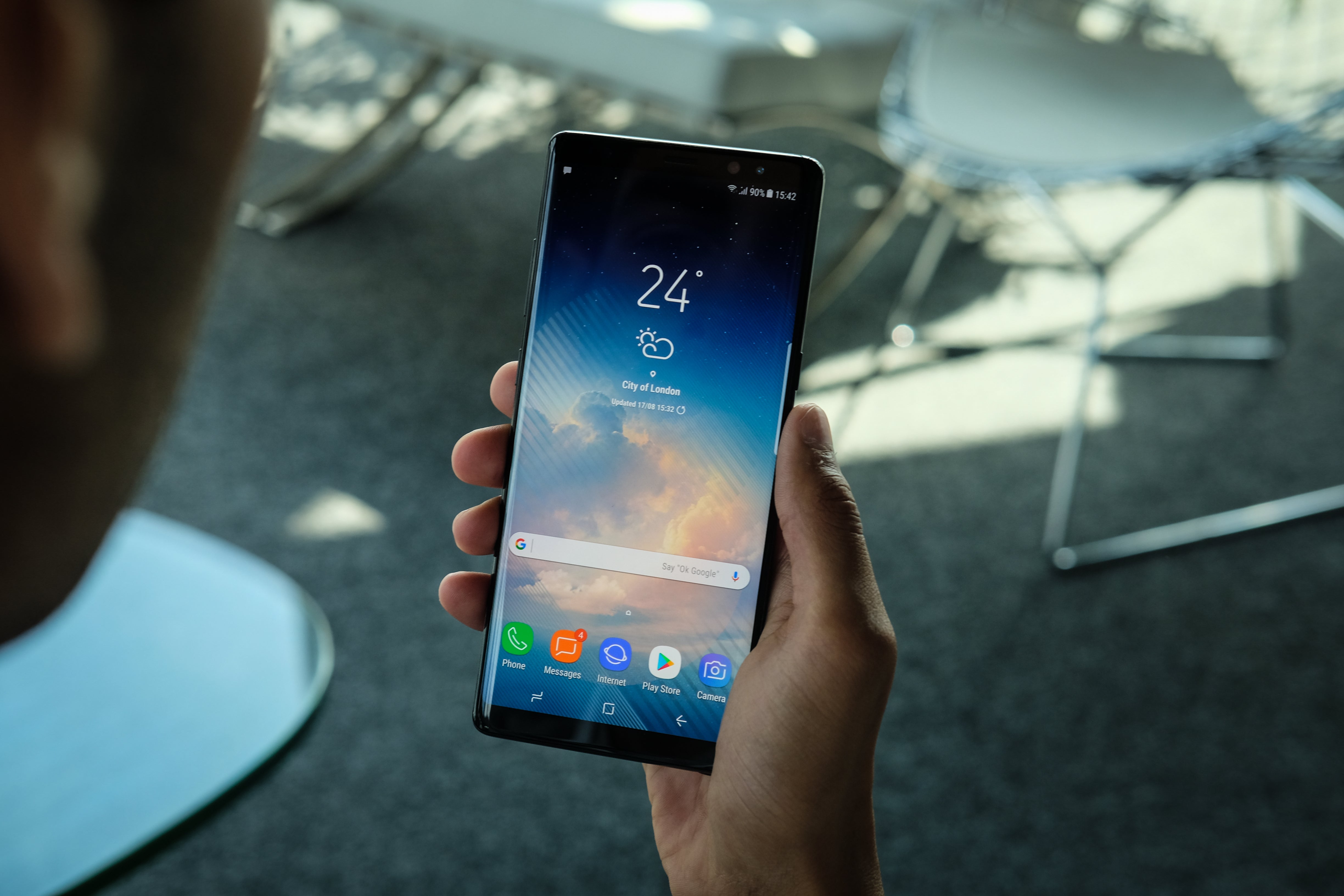
Credit: Max Parker / Trusted Reviews
Note 8 vs iPhone 8 Design: Which phone looks better?
The Samsung Galaxy Note 8 is an exceptionally attractive phone. For a start, it’s got a huge, curved 6.3-inch display, which gives it more screen real estate than most other handsets.
But the real winning design feature is the ‘Infinity Display’, which we first saw featured on the Galaxy S8 earlier this year. In practice, it means that the overwhelming majority of the front of the Galaxy Note 8 is occupied by screen. This was achieved by scrapping the Home button and shunting the fingerprint sensor to the back of the phone.
- Buy now: iPhone 8 (10GB) on O2 for £35/month – use voucher TRUSTED10
- Buy now: iPhone 8 (15GB) on EE for £37.99/month – use voucher TRUSTED10
It’s a new and futuristic design, so barely any manufacturers have managed to mimic it yet. Apple has with the iPhone X, but the iPhone 8 and iPhone 8 Plus still feature a home button and larger forehead and chin.
The iPhone 8 features a 4.7-inch display and the iPhone 8 Plus has an 5.5-inch display, just like its predecessors.
Related: iPhone 8 vs iPhone 8 Plus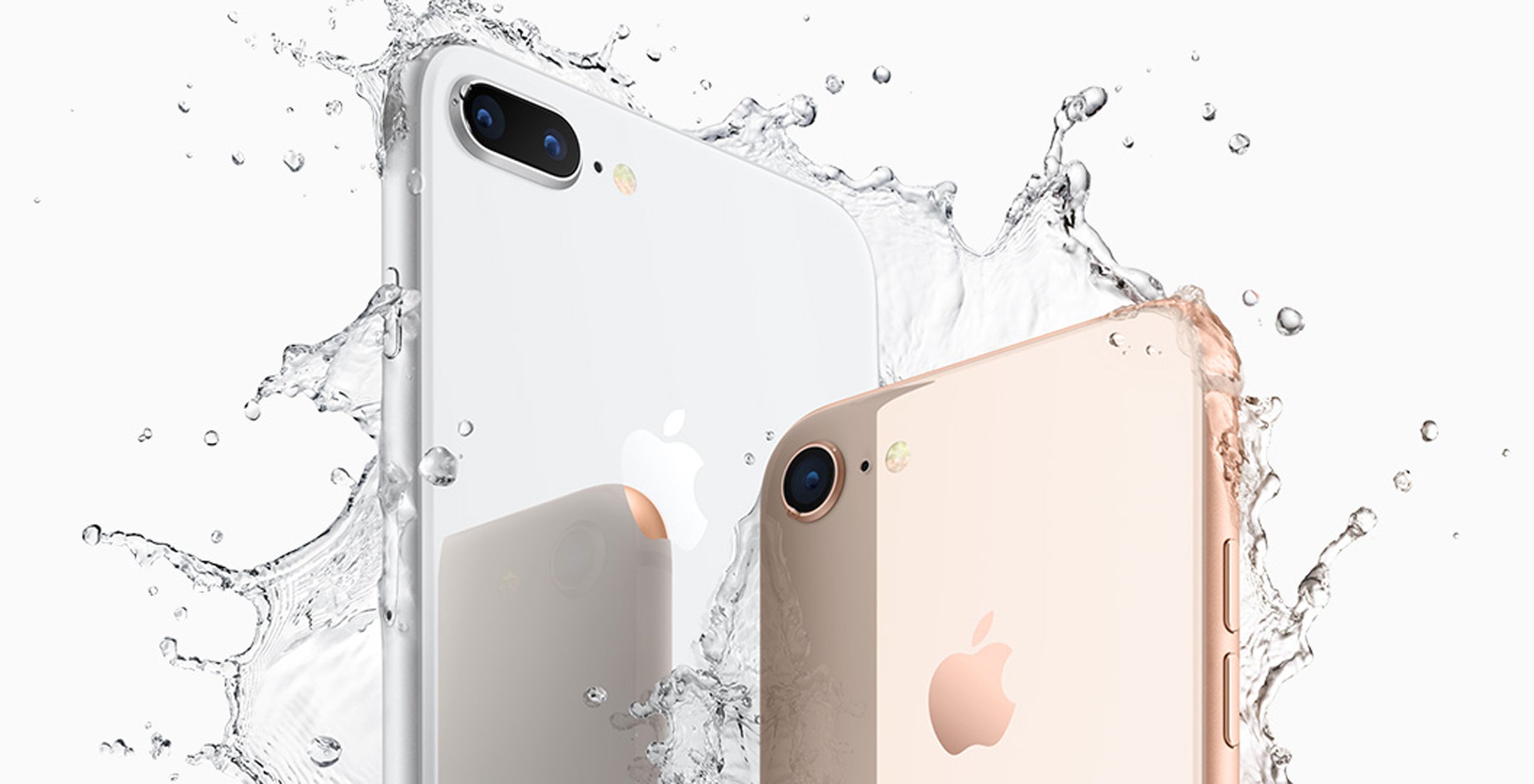
Both Retina HD displays feature the True Tone technology. It adjusts “the white balance of the display to match the surrounding light for a more natural, paper-like viewing experience,” Apple says.
The iPhone 8 range also features a glass-backed design, which Apple calls the ‘most durable ever used in a smartphone.’ There’s also a new fetching gold hue, which you can see above.
Related: iPhone 9
iPhone 8 vs Note 8 Specs: Which phone will be more powerful?
The Samsung Galaxy Note 8 is seriously powerful, boasting a Qualcomm Snapdragon 835 processor based on a highly efficient 10nm manufacturing process, as well as a QHD+ resolution display and a generous 6GB of RAM.
The iPhone, by comparison, debuts the new A11 Bionic processor. Apple says its the smartest and most powerful processor ever seen in a smartphone. Naturally we’ll reserve judgement until testing it, but it offers a 6-core CPU, each of which harnessed simultaneously, giving the iPhone 8 range 70% more power than the iPhone 7.
- Buy now: Note 8 on Vodafone (16GB) £38/month, £150 upfront
- Buy now: Note 8 on O2 (20GB) £44/month, £170 upfront
Related: Best iPhone 8 deals
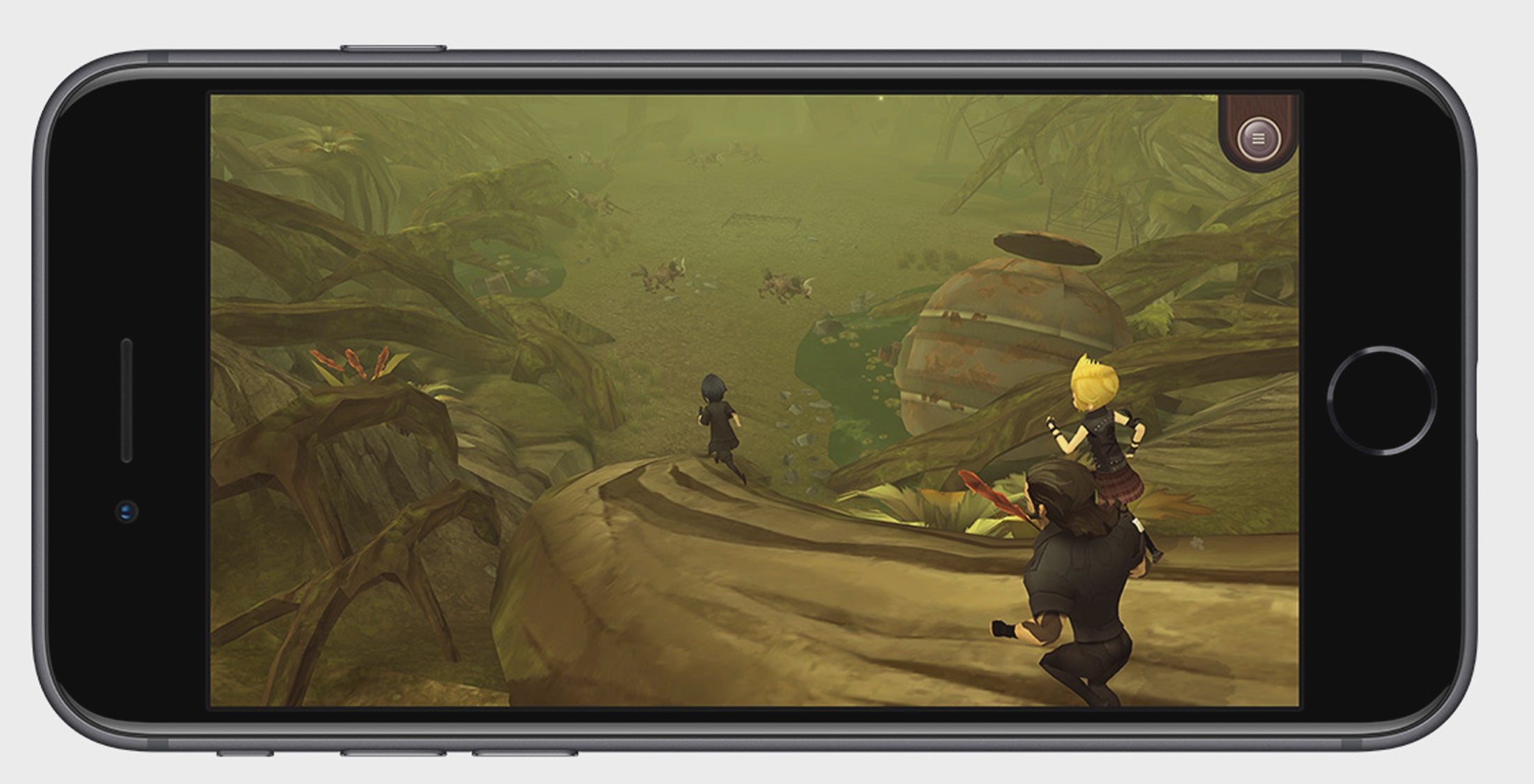
A surprising inclusion is a new Apple-made 3-core GPU with 30% faster graphics.
Samsung’s latest flagship comes with 64GB of storage, which is fairly generous as a standard offering – but you can’t upgrade, except via a MicroSD card. Apple is now offering 64GB as standard, with up to 256GB available for storage hounds. No MicroSD boosting here either.
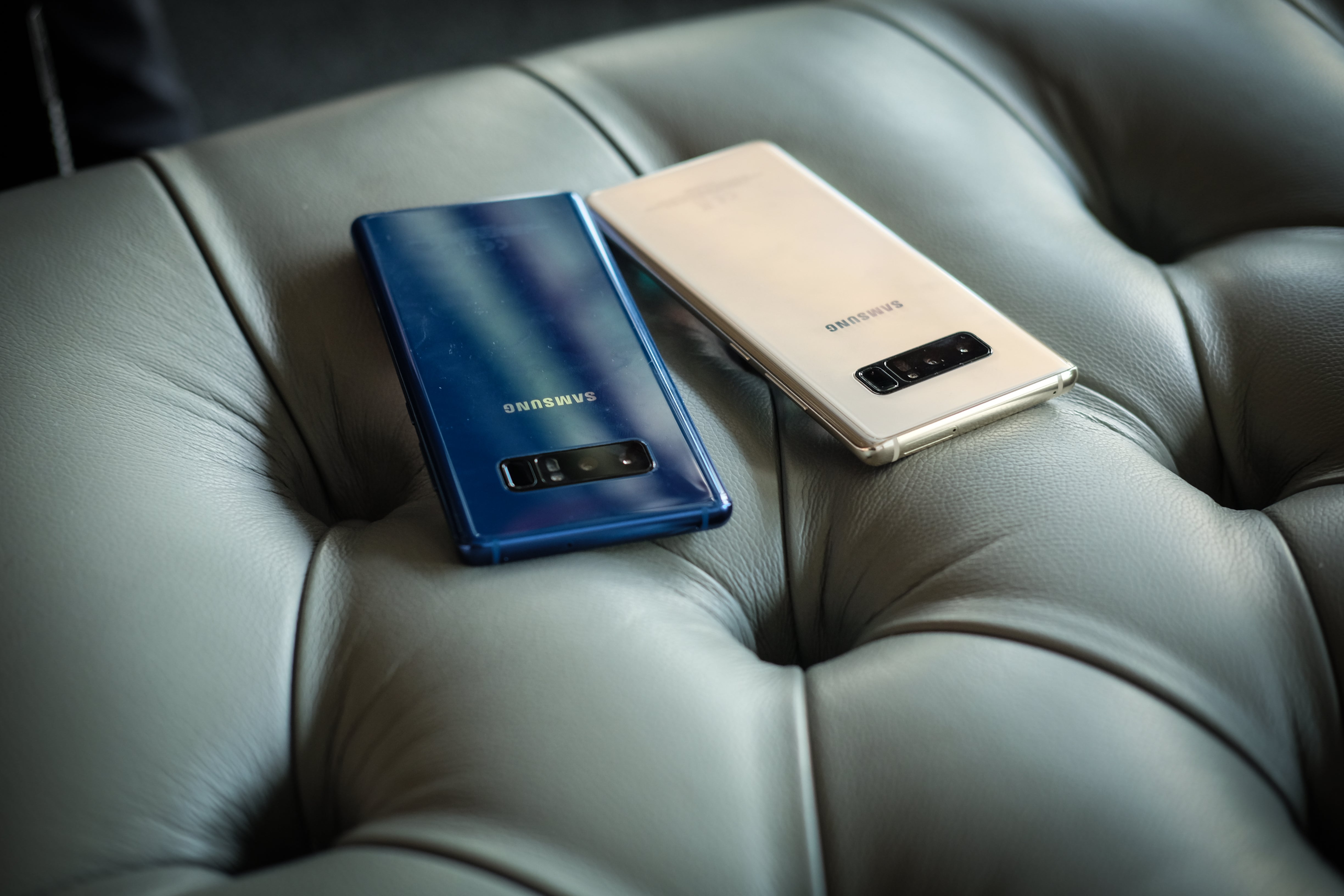
Credit: Max Parker / Trusted Reviews
Samsung’s Note 8 has a few advantages over many of its rivals, including the bundled S-Pen stylus and a built-in iris scanner.
While the iPhone X does have a Face ID scanner, that’s not present within the iPhone 8 range, so Touch ID remains the main security feature for Apple’s second tier phones.
Read: What is Face ID?
This year Apple phones finally catch up to Samsung’s in one major respect: wireless charging. The iPhone 8 and iPhone 8 now support the Qi standard for wirelessly charging devices. Goodbye Lightning cable, it was nice knowing you.
Both the Note 8 and iPhone 8 have the benefit of Bluetooth 5 connectivity.
Note 8 vs iPhone 8: Camera showdown
One of the big new features for the Galaxy Note 8 was the introduction of a dual-camera arrangement. This means that the camera should be more capable in low-light conditions, and will be able to offer better depth-of-field.
However, Apple helped kickstart the dual-camera trend last year with its iPhone 7 Plus – although the iPhone 7 retained a single camera.
That trend continues this year. The iPhone 8 retains its single lens camera, while the iPhone 8 Plus has 12-megapixel dual cameras. The iPhone 8 Plus Portrait Mode now has a feature called Portrait Lighting which uses both camera sensors to create a depth map and then light the subject’s face in real time.
Apple explains: “It uses the dual cameras and the Apple-designed image signal processor to recognize the scene, create a depth map and separate the subject from the background. Machine learning is then used to create facial landmarks and add lighting over contours of the face, all happening in real time, giving customers even more power to express themselves through photography.”
- Buy now: Note 8 on Vodafone (16GB) £38/month, £150 upfront
- Buy now: Note 8 on O2 (20GB) £44/month, £170 upfront
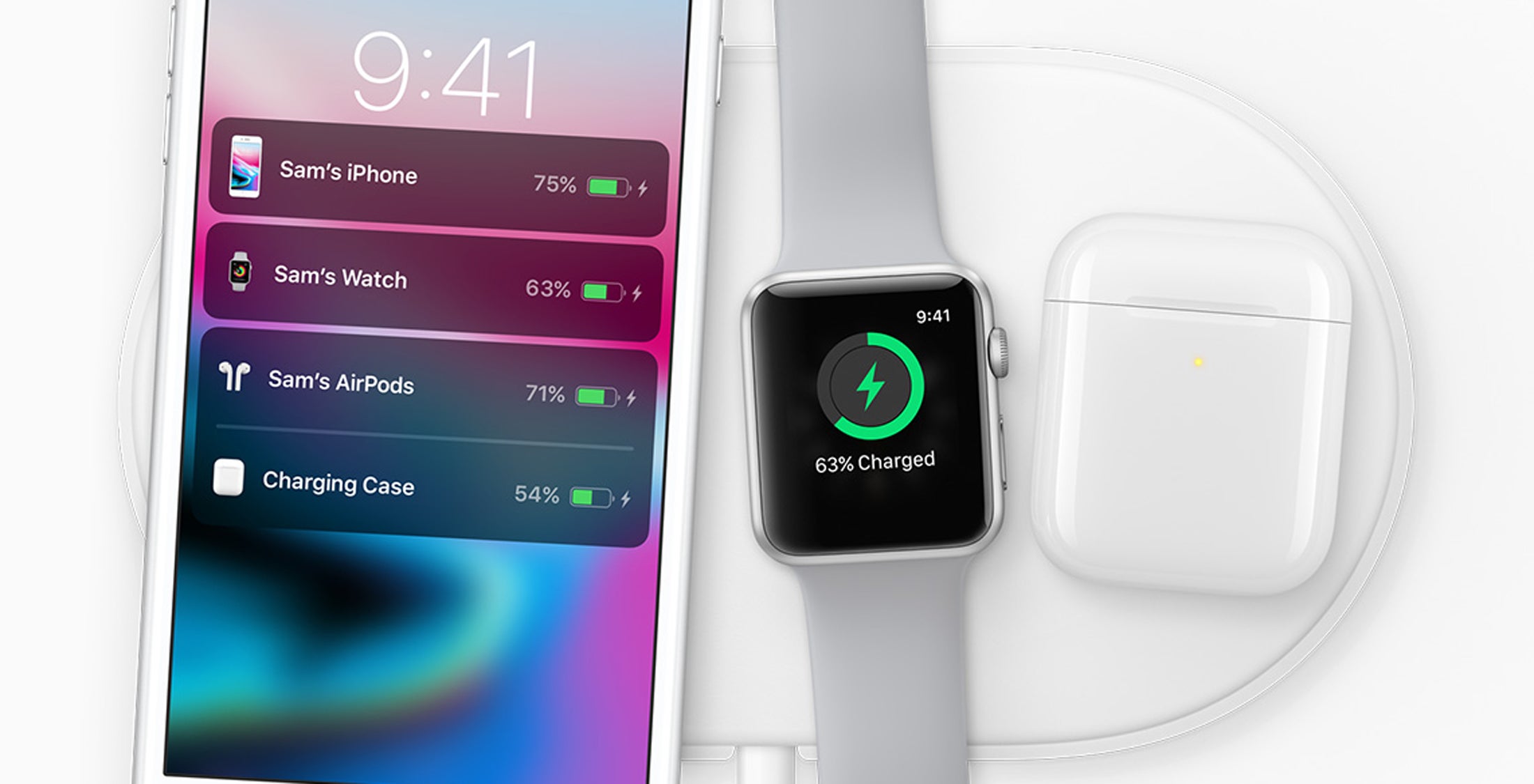
iPhone 8 vs Note 8 Price and Release Date: Which phone will cost more?
The Samsung Galaxy Note 8 is incredibly expensive at £869, making it one of the most expensive consumer smartphones ever sold.
The iPhone 8 range starts at $699 for the standard 64GB model and $799 for the iPhone 8 Plus 64GB. We’ll update this article with the UK pricing when revealed. The iPhone 8 range will be available to pre-order from September 15 with availability commencing on September 22.
Related: Best Android phones
Are you on Team Samsung or Team Apple? Let us know in the comments.


